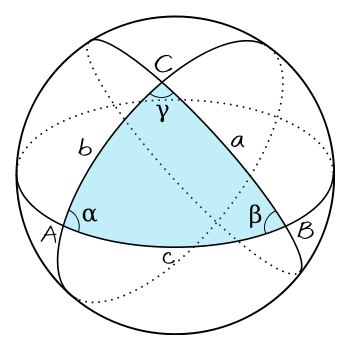Question #03033
1 Answer
Two different points satisfy the equation, (1,2) and (2,1)
Explanation:
This, without using a graphing calculator, is a substitution problem.
Take the equation
Setting it equal to y:
y=3-x
Setting it equal to x:
x=3-y
I will demonstrate using the y equation, but you can decide which equation to substitute in. Now we want to substitute the equation into the other one:
x^2 + (3-x)^2 = 5
x^2 + 9 - 6x + x^2 = 5
2x^2 - 6x + 9 = 5
We then need to get the equation equal to 0 so we can factor and set each part of the factor equal to 0.
2x^2 - 6x + 4 = 0
2(x^2 - 3x + 2) = 0
Now factor the polynomial and set each part equal to 0:
2(x-2)(x-1) = 0
x-1 = 0
x-2 = 0
x = 1,2
Now set x into the original y equation:
y=3-1
y=3-2
y=2,1
Therefore we can put the points together and get the answer, (1,2) and (2,1)

